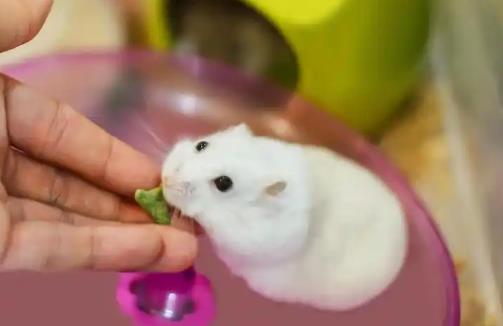The adult body length of common hamsters is usually between 7 and 20 centimeters, and their weight ranges from 30 to 125 grams. The specific values vary greatly depending on the species.
The differences in the body size of hamsters mainly depend on their species. The smallest dwarf hamsters are only 4 to 5 centimeters long, while the largest Syrian hamsters (such as the golden hamster) can reach 15 to 20 centimeters in length. Here is an analysis of the body size characteristics of the main species:

Syrian Hamster (Golden Hamster): It has the largest body size. The body length of wild individuals is 13 to 13.5 centimeters, and under artificial breeding conditions, it can reach 15 to 20 centimeters. The weight is 110 to 125 grams. Its remarkable features include golden-brown fur on the back, short and stout forelimbs, and a well-developed cheek pouch. It is a common pet variety of the "Golden Bear" (a common name for Syrian hamsters).
Medium-sized Hamsters like the Djungarian Hamster (Campbell's Dwarf Hamster) and the Purple Dwarf Hamster: The body length is 8 to 11 centimeters, and the weight is 30 to 45 grams (for example, the Winter White Russian Dwarf Hamster). There are usually black stripes on the back.
Dwarf Hamsters (such as the Roborovski Hamster): It has the smallest body size, only 4 to 5 centimeters long. Due to the characteristic of white eyebrows, it is called the "Old Man Hamster" and is suitable for breeders who prefer mini pets.
Influencing Factors: In addition to genetics, nutrition (protein intake), the breeding space (the amount of activity), and the health condition (such as parasite infections) can also affect the final body size. For example, long-term malnutrition may lead to stunted growth.
